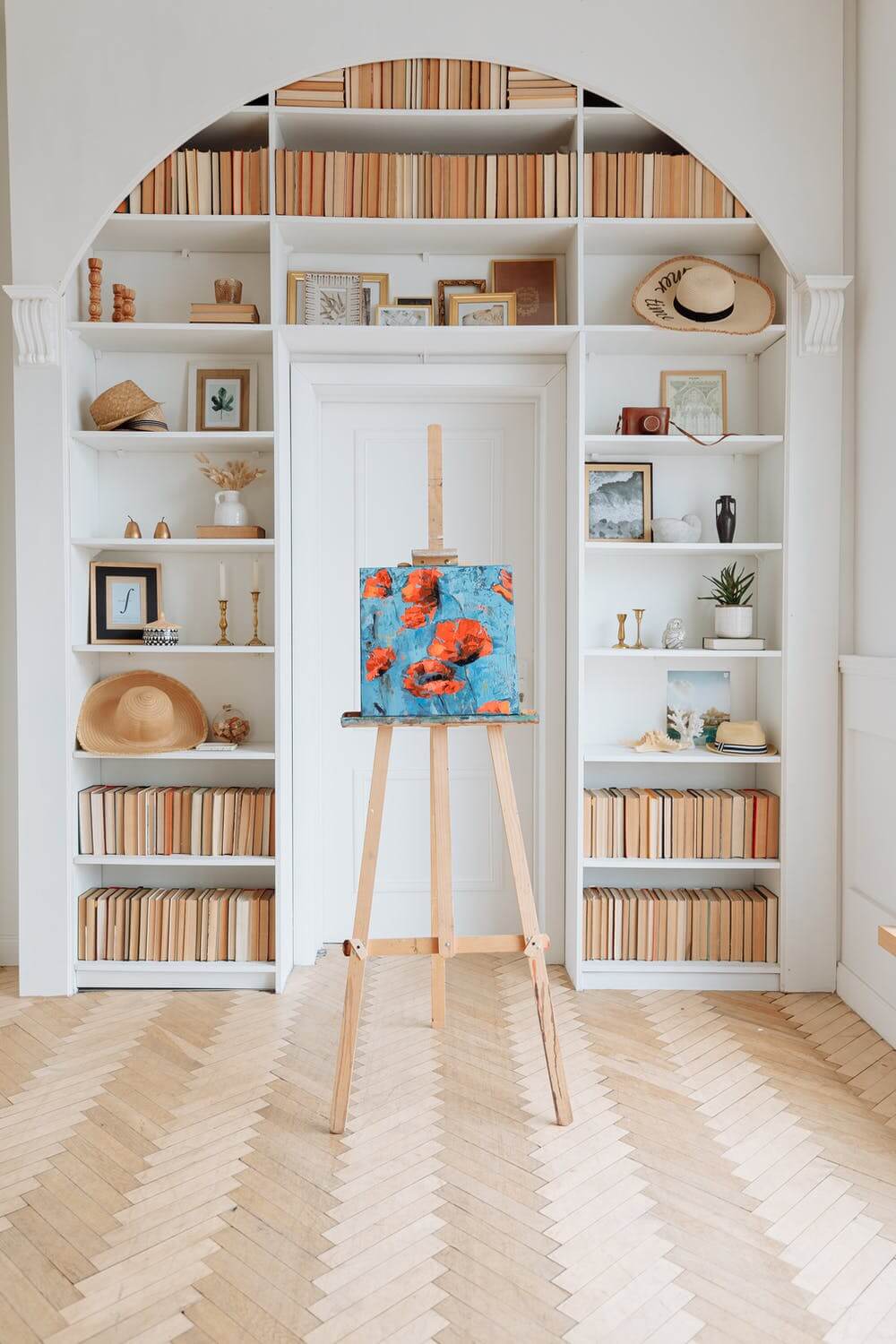Art and architecture both rely on structures unseen to the untrained eye.

Artists and architects understand dimensions and materials.

Art and architecture often begin their creations with a feeling.
As you know, art is often about a feeling, but did you know many buildings draw inspiration from and seek to evoke emotion? Indeed, one of the goals of architecture is to evoke a feeling, whether that feeling is awe, relaxation, security, or reverence. So, the next time you see a structure that catches your eye, you should stop and admire it, and see how it makes you feel.Art and architecture often draw inspiration from nature.

Exploring the profound connection between art and architecture unveils a world where creativity and functionality intersect. Here are some key insights into the intricate relationship between these two disciplines:
Rocksalt Plum – What Should You Wear When Playing Different Sports?: Just as athletes carefully select their attire for optimal performance, architects meticulously consider the materials and dimensions of their creations. This article offers valuable insights into the importance of design elements and how they contribute to the overall aesthetic and functionality of architectural structures.
Rocksalt Plum – The History of the Bidet: Exploring the historical context of architectural design reveals how past civilizations drew inspiration from nature and incorporated artistic elements into their structures. This rich history sheds light on the enduring influence of art on architectural innovation and creativity.
Rocksalt Plum – 3 Tips for Converting a Property Into a Church: Just as churches serve as spiritual sanctuaries, architectural design plays a crucial role in creating spaces that evoke emotion and reverence. This guide offers practical tips for transforming properties into places of worship, highlighting the artistic and spiritual significance of architectural adaptation.
Rocksalt Plum – 5 Easy Ways to Look Put Together When You’re Falling Apart: Delving into the concept of architectural framing parallels the artistic framing techniques used in visual arts, illustrating how both disciplines manipulate space and structure to evoke specific emotions. This insightful article explores the transformative power of design elements in shaping our perception of architectural beauty.
Rocksalt Plum – Does Acetone Remove Overspray?: Understanding the technical aspects of architectural design, such as the selection of materials and dimensions, highlights the intersection of creativity and practicality in shaping built environments. This comprehensive guide offers valuable insights into the complex process of architectural creation, emphasizing the artistic vision and technical expertise required to bring architectural masterpieces to life.
By recognizing the artistic essence inherent in architectural design, we gain a deeper appreciation for the profound impact of creativity on the built environment. Through thoughtful exploration and analysis, we can uncover the intricate relationship between art and architecture, celebrating the fusion of form and function in shaping our lived experiences.
































